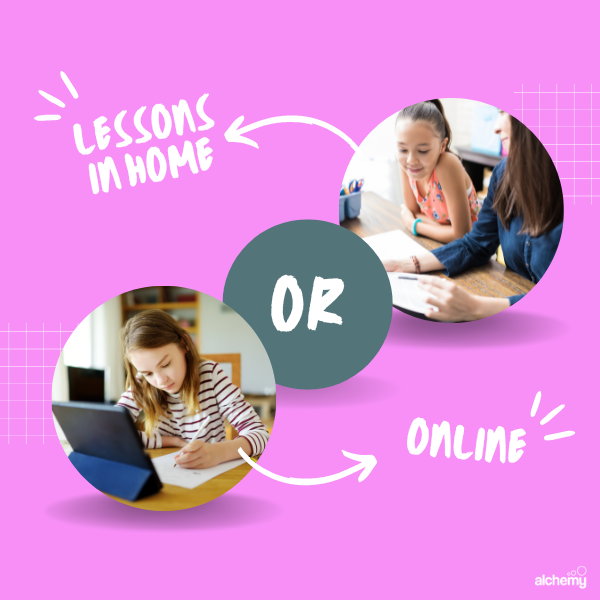Persuasive writing allows students to share their ideas and persuade the reader to agree with them. It is one of the more common types of writing used in political press conferences and everyday topics such as what foods your kids should eat.
Teaching persuasive writing to children can give them the skills necessary to navigate the world and make informed decisions about the information available to them.
However, persuasive writing can be complicated for students in their early years. Understanding the structure of the writing alone can be a handful for their little brains to compute, not to mention they also have to focus on using capital letters and punctuation correctly.
Why not get in touch with one of our English Tutors for support?
Teaching all this to the student can be a hassle, but using examples to help them get visual cues and see the text structure can make the task much easier.
Elements of a Persuasive Writing Paper
The demands for writing a persuasive essay at the primary level aren’t as high. However, the student should be able to clearly state the topic of the paper and which side of the argument they’re on, or at least what they think is the right side.
The structure and approach to communicating the idea can be challenging, but students can develop the skills with practice. When working on persuasive writing, practice easy-to-use structures and help students understand and master this form of writing.
Persuasive Writing Techniques for Kids
Schools use many techniques to help kids of all ages master persuasive writing; some techniques can be practised at home. Some of the persuasive writing techniques you can use to help your child improve their persuasive writing skills include the following:
Use a Writing Template
A template is a powerful tool that allows kids to physically see the structure of the paper and helps them organise their thoughts. Depending on the child’s age, your writing template might be different to match their comprehension level.
A template helps the child walk through each section and process the thoughts before writing to ensure they understand the structure. The student can also take their time to fill it out slowly. It maps out the paper and makes it much easier once they start writing.
Add-in Transition Words
After using the writing template to organise their thoughts, the next step is for the child to go through the template and add transition words. Some of the transition words they can use include:
- In conclusion
- For example
- Therefore
- In my experience
- According to research
For this to work, the student has to use the right transition keywords. It is possible the child might not yet be familiar with the phrases used in persuasive writing. You can help them by discussing what each one means and where they would like to use it in their paper. This can help them familiarise themselves with the phrases and learn how to use them in subsequent papers.
Edit
The last task is to edit the paper after writing it using a template and adding transition keywords. You can also help your child with this.
Editing might be the most difficult part of the process, especially for younger children. They may need a lot of support to read over their work and check the grammar, spelling, and sentence structure.
Editing is a difficult task for adults, too, but editing can help your child build confidence and see the value of doing good work to the best of their ability. It also teaches them valuable editing skills that will be required throughout their schooling and provides an opportunity to work together and discuss their child’s writing and opinions on a deeper level.
Persuasive Writing Examples for Kids
Displaying persuasive writing examples is another crucial element in the learning process. By displaying simple persuasive texts, students can better understand what is expected and the language features required to perfect the paper and ensure they’re on the right track.
A persuasive argument about cats
Cats make the best pets. They are easy to keep and can be left to themselves all day without getting mad. They don’t bark and are not noisy like dogs. Cats don’t need to go outside to use the bathroom; they are less work and easier to care for than dogs.
A persuasive argument about dogs
Dogs are most certainly the best animals to keep as pets. They are loyal, affectionate and active companions. They can be trained and can also protect the family when necessary.
A persuasive argument about Meal Choices
Chips should be served with every meal because they are delicious. They’re also made from potatoes, which are vegetables and can be air-fried without oil, making them a healthy meal option. Chips don’t cost a lot of money. They are tasty and cheap and can be cooked in a healthy way, making them the perfect side dish for every meal.
Why not get in touch with one of our Online English Tutors for support?
Persuasive argument against littering
You shouldn’t litter because it is wrong. Littering pollutes the earth and makes the surroundings look ugly. Littering can also make you sick because it spreads filth and dirt with germs on it. Littering also makes the world an unsanitary place to live.
Persuasive Writing Prompts for Kids
One of the best ways to help students master their persuasive writing skills is to have them practice regularly. Providing a step-by-step structure is a good starting point and builds a strong foundation. Another way to help students build their skills is to provide them with prompts that they can use to practice.
Some great ideas for persuasive writing prompts include the following:
- Hamsters are the best type of pet
- I deserve to be paid for my chores
- You should always obey the speed limit
- Every family should have a dog
- Soda is bad for you
- Pizza is a healthy food
- My cat should be allowed to sleep on my bed
- I am old enough for a later bedtime
Closing Remarks
Persuasive writing is a crucial trait that students and children should master. This is not only for the sake of their grades but also because such skills can prove valuable in the job market. Persuasive writing examples can be a great way to help students uncover their full potential and build skills that will prove valuable even in life after school.





